Why Britain is vibrating less
The reduction in human activity during lockdowns has cut seismic movement
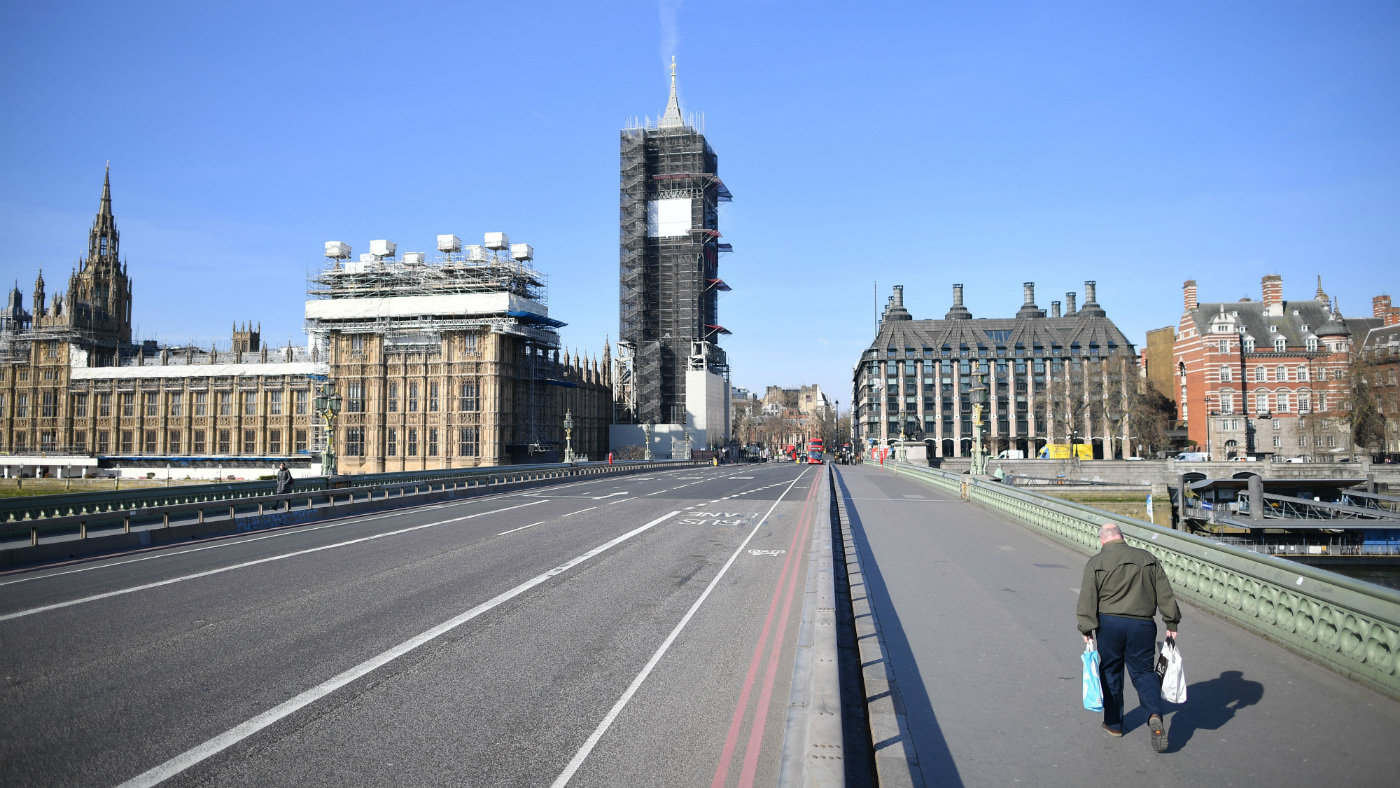
Seismologists monitoring the Earth’s vibrations have reported a considerable drop in activity in the upper crust since lockdown measures aimed at curbing the coronavirus pandemic were implemented the world over.
While natural movement of tectonic plates causes most of the Earth’s seismic activity, human behaviour – including road and rail transport, construction and land drilling – also exerts substantial pressure on the planet’s crust.
In the UK, where millions of people are staying indoors, the British Geological Survey (BGS) has revealed that data from lots of its seismometers showed “a drop in noise levels as human activity decreases”.
The Week
Escape your echo chamber. Get the facts behind the news, plus analysis from multiple perspectives.

Sign up for The Week's Free Newsletters
From our morning news briefing to a weekly Good News Newsletter, get the best of The Week delivered directly to your inbox.
From our morning news briefing to a weekly Good News Newsletter, get the best of The Week delivered directly to your inbox.
Similar trends have been observed in Paris, Brussels, Los Angeles and Auckland.
What is happening?
CNN reports that around the world, seismologists are observing a lot less ambient seismic noise.
This, the broadcaster says, is usually comprised of “vibrations generated by cars, trains, buses and people going about their daily lives”. But with around one-third of the world’s population, or more than two billion people, currently in lockdown, “Earth’s upper crust is moving just a little less”.
A free daily email with the biggest news stories of the day – and the best features from TheWeek.com
Thomas Lecocq, a geologist and seismologist at the Royal Observatory in Belgium, was reportedly the first expert to notice this trend. Using a seismological measurement tool, he revealed that the country’s capital Brussels is experiencing a 30% to 50% reduction in ambient seismic noise since the lockdown began.
Metro reports that Lecocq found that the current levels of noise in the Earth’s crust are “about what experts would normally see on Christmas day, when most people are staying at home anyway”.
What’s happening in the UK?
According to The Guardian, the BGS operates a national network of “about 80 seismometers from Shetland to Jersey that provide a constant ear to the ground”.
The UK’s network of sensitive instruments picked up markedly fewer vibrations last week as the coronavirus lockdown took hold, the researchers found.
“We had a look at the data from some of our seismic stations around the UK and we do see an effect,” said Brian Baptie, a seismologist at BGS in Edinburgh.
The Guardian adds that at some locations, cultural noise is running at five decibels lower than normal, “about a quarter down on usual readings”.
Dr Paula Koelemeijer, a seismologist from Royal Holloway, University of London, posted a graph on Twitter showing how noise in West London has been affected, with drops in the period after schools and social venues in the UK closed.
The BGS’s seismology team also revealed a graph that showed a dramatic drop in noise levels recorded at their GAT2 station next to Gatwick airport, between 24 February, before lockdown measures, and 30 March, after they were implemented.
–––––––––––––––––––––––––––––––For a round-up of the most important stories from around the world - and a concise, refreshing and balanced take on the week’s news agenda - try The Week magazine. Start your trial subscription today –––––––––––––––––––––––––––––––
Why is this helpful?
The fall in the background activity means that scientists should technically be able to detect smaller earthquakes in the UK, and more distant tremors in Europe and in countries further afield, than their equipment usually allows.
Geoscientists normally use detectors buried 100 metres beneath the Earth’s surface to measure seismic sound. But now natural vibrations can be studied easily through surface seismic readings as well, say experts.
“Seismometers measure ground vibrations and the vibrations we want to record are from earthquakes. But because they are so sensitive they pick up other sources too, including human activity, so road traffic, people walking past and nearby factories,” said Baptie.
“All these things generate vibrations and those propagate through the Earth.”
-
 A potentially mutating bat virus has some scientists worried about the next pandemic
A potentially mutating bat virus has some scientists worried about the next pandemicUnder the Radar One subgroup of bat merbecovirus has scientists concerned
-
 Why some people remember dreams and others don't
Why some people remember dreams and others don'tUnder The Radar Age, attitude and weather all play a part in dream recall
-
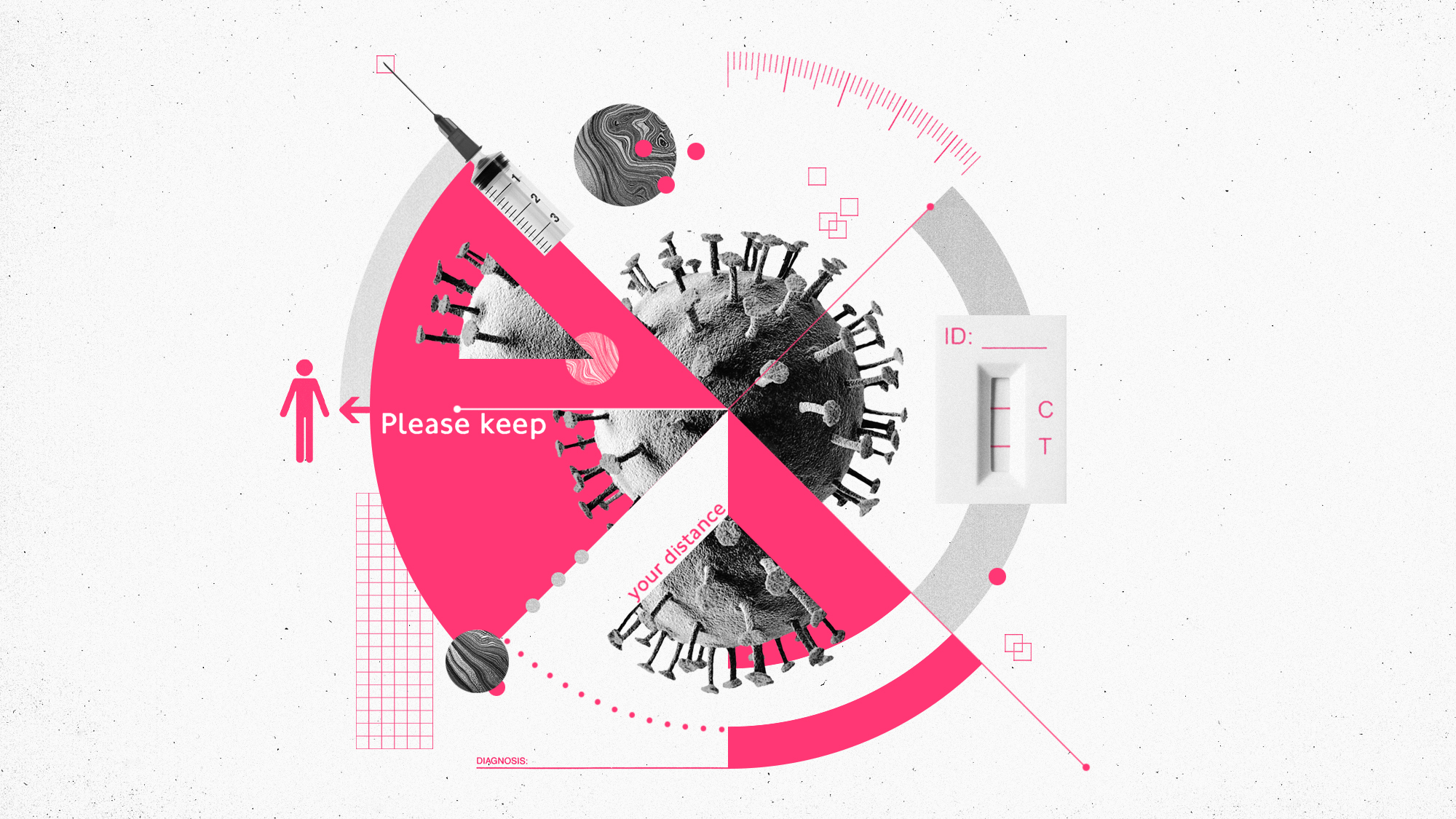 What does Covid look like in 2024?
What does Covid look like in 2024?Today's Big Question Disease experts are calling for closer monitoring as new variant fuels rise in infections
-
 Even New York City rats can get COVID, study finds
Even New York City rats can get COVID, study findsSpeed Read
-
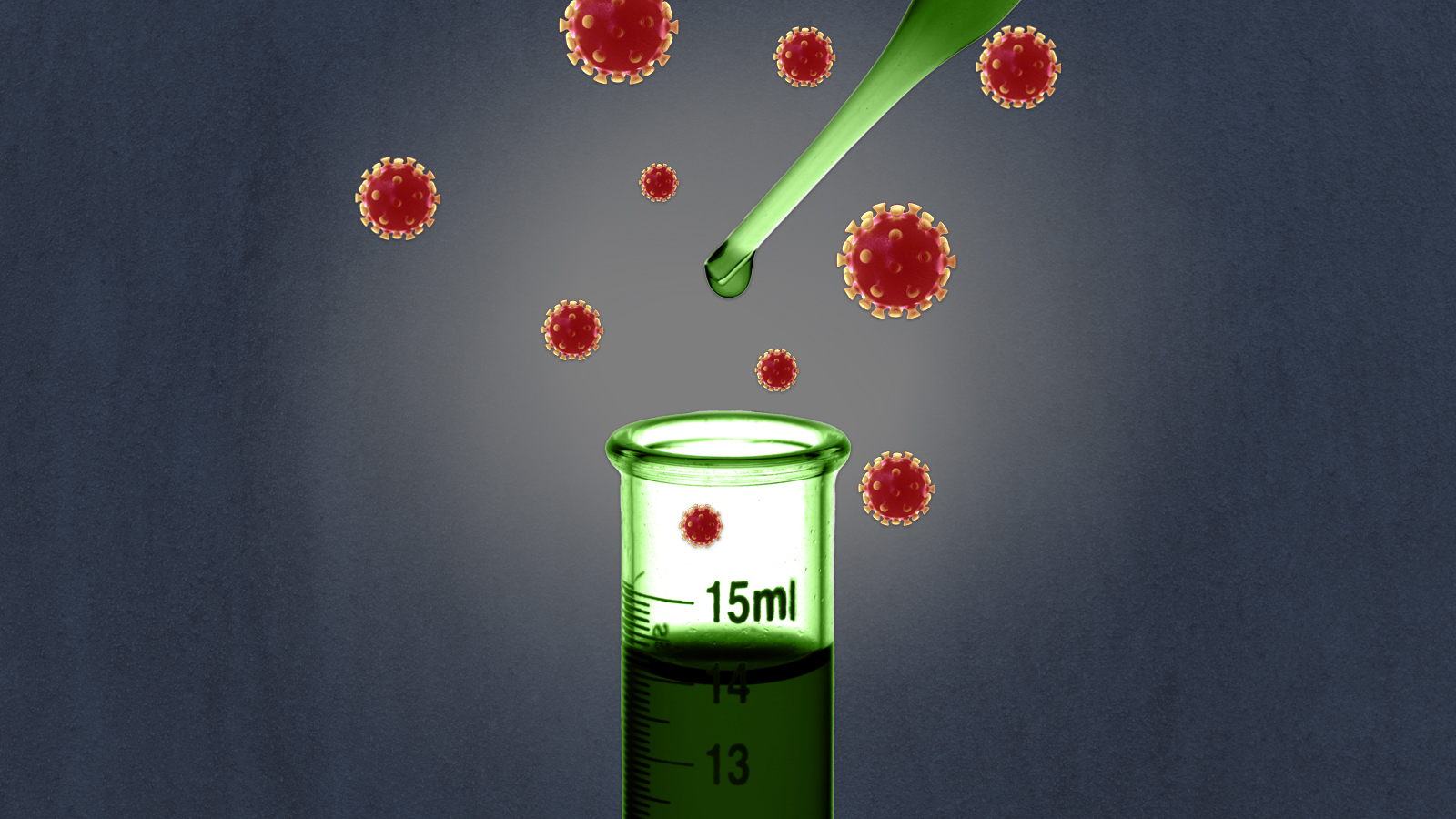 COVID 'lab leak' theory: Does the DOE's assessment hold water?
COVID 'lab leak' theory: Does the DOE's assessment hold water?Instant Opinion The sharpest opinions on the debate from around the web
-
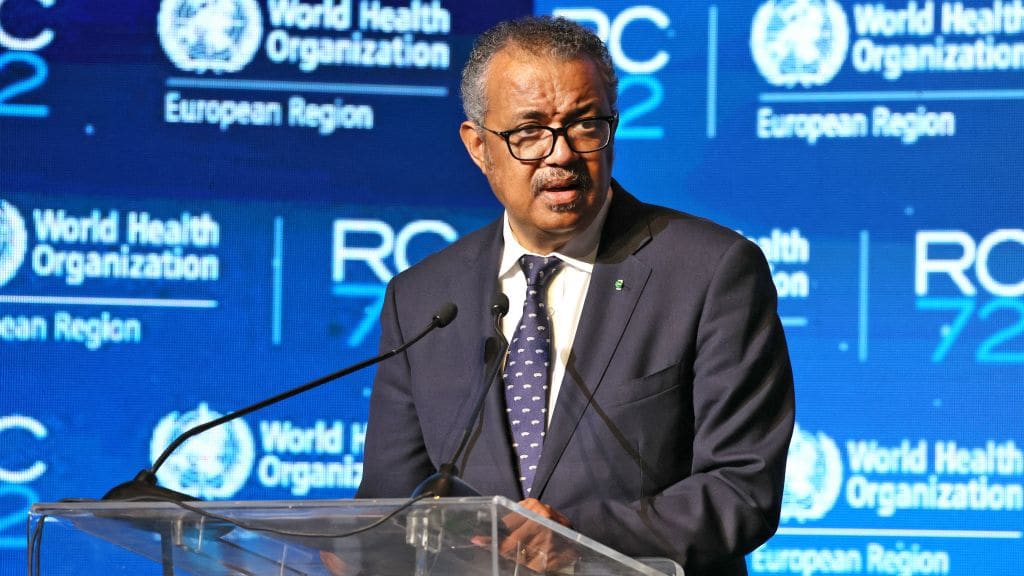 WHO chief says COVID's end is 'in sight'
WHO chief says COVID's end is 'in sight'Speed Read
-
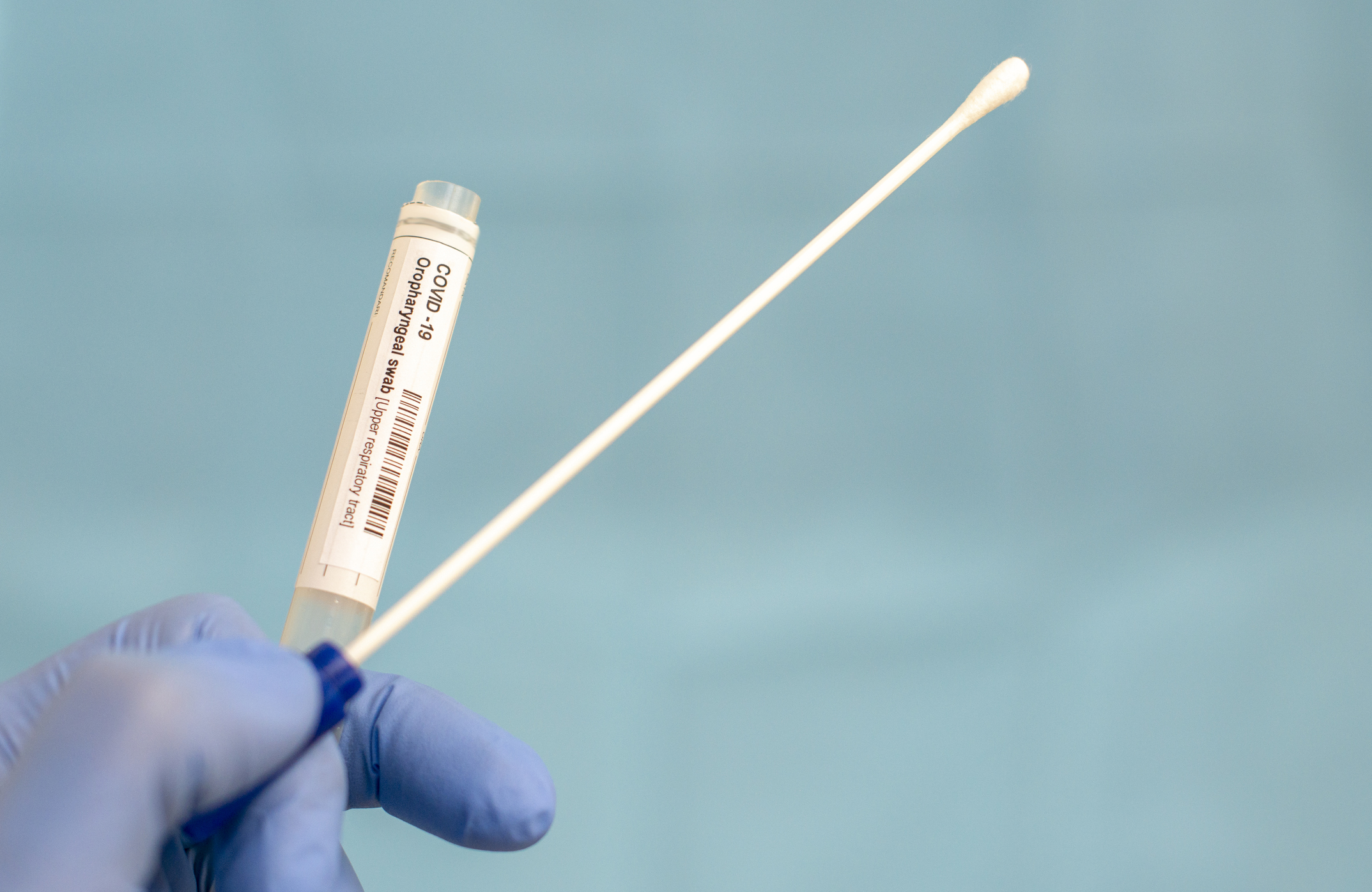 COVID elevates risk of neurological issues, study suggests
COVID elevates risk of neurological issues, study suggestsSpeed Read
-
 CDC relaxes COVID-19 guidelines on quarantines, social distancing
CDC relaxes COVID-19 guidelines on quarantines, social distancingSpeed Read

